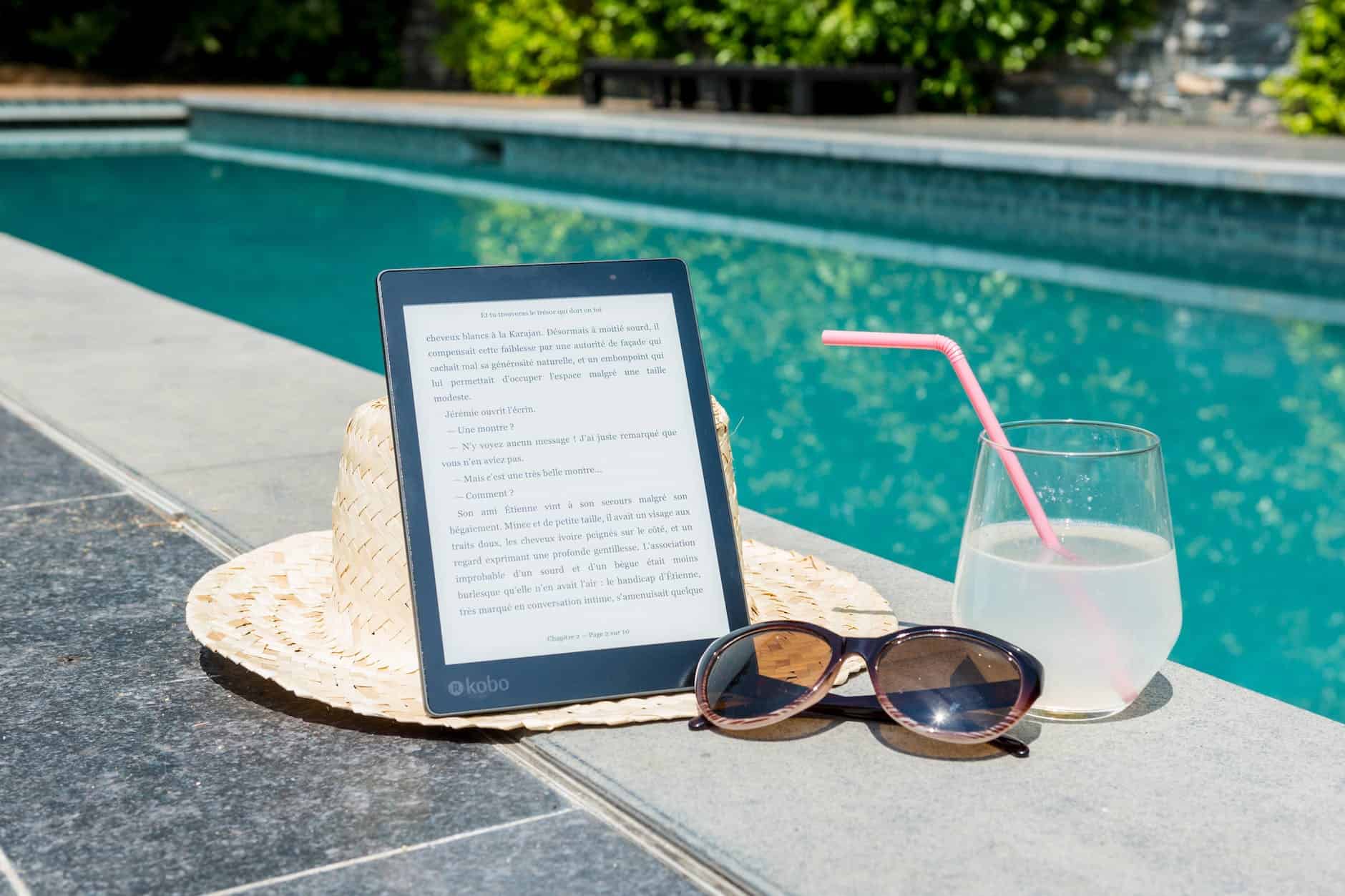This week RTS published a map showing which Swiss municipalities have the highest numbers of private swimming pools. Photo by Perfecto Capucine on Pexels.comSwimming pool champions are clustered mainly in Italian- and French-speaking Switzerland. Three of the top ten municipalities are in Ticino, five in Geneva and two in Vaud. Only the commune of Binningen in Basel Landschaft in German-speaking Switzerland makes the top ten. Lugano, in Italian speaking Switzerland, tops the list with 737 private pools. In second place is Collonge-Bellerive (491) in Geneva, followed by Veyrier (458), Cologny (381) and Chêne-Bougeries (372) three more communes in Geneva. The next five include Bellinzona (361), Blonay – Saint-Légier (336), Gambarogno (309), Binningen (291), Vandoeuvres (267) and
Topics:
Investec considers the following as important: Editor's Choice, Lifestyle, Personal finance, Property
This could be interesting, too:
Investec writes The global brands artificially inflating their prices on Swiss versions of their websites
Investec writes Swiss car insurance premiums going up in 2025
Investec writes The Swiss houses that must be demolished
Investec writes Swiss rent cuts possible following fall in reference rate
This week RTS published a map showing which Swiss municipalities have the highest numbers of private swimming pools.

Swimming pool champions are clustered mainly in Italian- and French-speaking Switzerland. Three of the top ten municipalities are in Ticino, five in Geneva and two in Vaud. Only the commune of Binningen in Basel Landschaft in German-speaking Switzerland makes the top ten.
Lugano, in Italian speaking Switzerland, tops the list with 737 private pools. In second place is Collonge-Bellerive (491) in Geneva, followed by Veyrier (458), Cologny (381) and Chêne-Bougeries (372) three more communes in Geneva. The next five include Bellinzona (361), Blonay – Saint-Légier (336), Gambarogno (309), Binningen (291), Vandoeuvres (267) and Commugny (267).
The top ten communes (Gemeinde) are:
- Lugano (TI) – 737 pools with 11.9 pools per 1,000 inhabitants
- Collonge-Bellerive (GE) – 491 pools with 57.5 pools per 1,000 inhabitants
- Veyrier (GE) – 458 pools with 38.7 pools per 1,000 inhabitants
- Cologny (GE) – 381 pools with 64.4 pools per 1,000 inhabitants
- Chêne-Bougeries (GE) – 372 pools with 28.4 pools per 1,000 inhabitants
- Bellinzona (TI) – 361 pools with 8.2 pools per 1,000 inhabitants
- Blonay – Saint-Légier (VD) – 336 pools with 28.2 pools per 1,000 inhabitants
- Gambarogno (TI) – 309 pools with 60.4 pools per 1,000 inhabitants
- Binningen (BL) – 291 pools with 18.6 pools per 1,000 inhabitants
- Vandoeuvres (GE) and Commugny (VD) – 267 pools with 93.8 and 89.3 pools per 1,000 inhabitants respectively
On a per capita basis the semi-rural commune of Vandoeuvres in Geneva leads with 93.8 pools per 1,000 residents, which means close to 1 in 10 residents has access to a private pool. Two thirds of Vandoeuvres is farm land and it has a population of 2,800. Not far behind is Commugny (VD) with 89.3 per 1,000 residents. Commugny, with around 3,000 residents, is another commune that is largely rural (60% farmland).
Municipalities with high numbers of private pools are generally spacious, prosperous places a short commute from well paid work.
Some of those interviewed by RTS see the pools as a sign of economic prosperity and a high quality of life. However, Grégoire Kubski, a socialist politician in Fribourg, is not among them. He points out the significant amount of water required to fill them and argues the water poured into pools could be better used, especially when there are water shortages. Kubski would like owners to pay a tax to fill their pools.
In reality, the water question in complicated. In the commune of Blonay-St-Legier, much of the water is supplied naturally, directly from natural springs in mountains in the commune. But the upside of having untreated spring water on tap comes with a negative: water untreated with chemicals can only be stored in town reservoirs for a short period of time before it becomes unsuitable for drinking. This means much of the town water supply is regularly allowed to flow into Lake Geneva as it would naturally.
So provided swimming pools in the commune are filled during periods when excess water would otherwise be left to flow into lake there is little ecological tradeoff. Essentially, pools filled at appropriate times of the year are not competing with agriculture or aggravating droughts. This of course changes when spring water surpluses turn into shortages or when any surpluses can be used elsewhere to alleviate droughts. So in this commune at least, timing is what really matters.
More on this:
RTS article (in French) – Take a 5 minute French test now
For more stories like this on Switzerland follow us on Facebook and Twitter.
